General description
A wall mounted task lamp is a controlled-distribution, usually mobile-arm light that provides the appropriate quantity and quality of light to illuminate an area for a specific task. Task lights of this type are created with a conscious blend of form and function to provide both useful light and visual appeal. They need to deliver not only illumination for users to perform various tasks with high comfort and at the desired speed and accuracy, but also decorative suitability that allows them to visually blend with the interior design in residences and hospitality environments. Wall mounted task lamps are typically placed on either side of a couch in a living room, a bed in a bedroom, or a mirror in a bathroom. They are also used to illuminate buffets, dressers, kitchen islands, and other places that are tight on space. These lights can easily define functional zones close to a wall in style without occupying tabletop space or taking away from the square footage of a room.
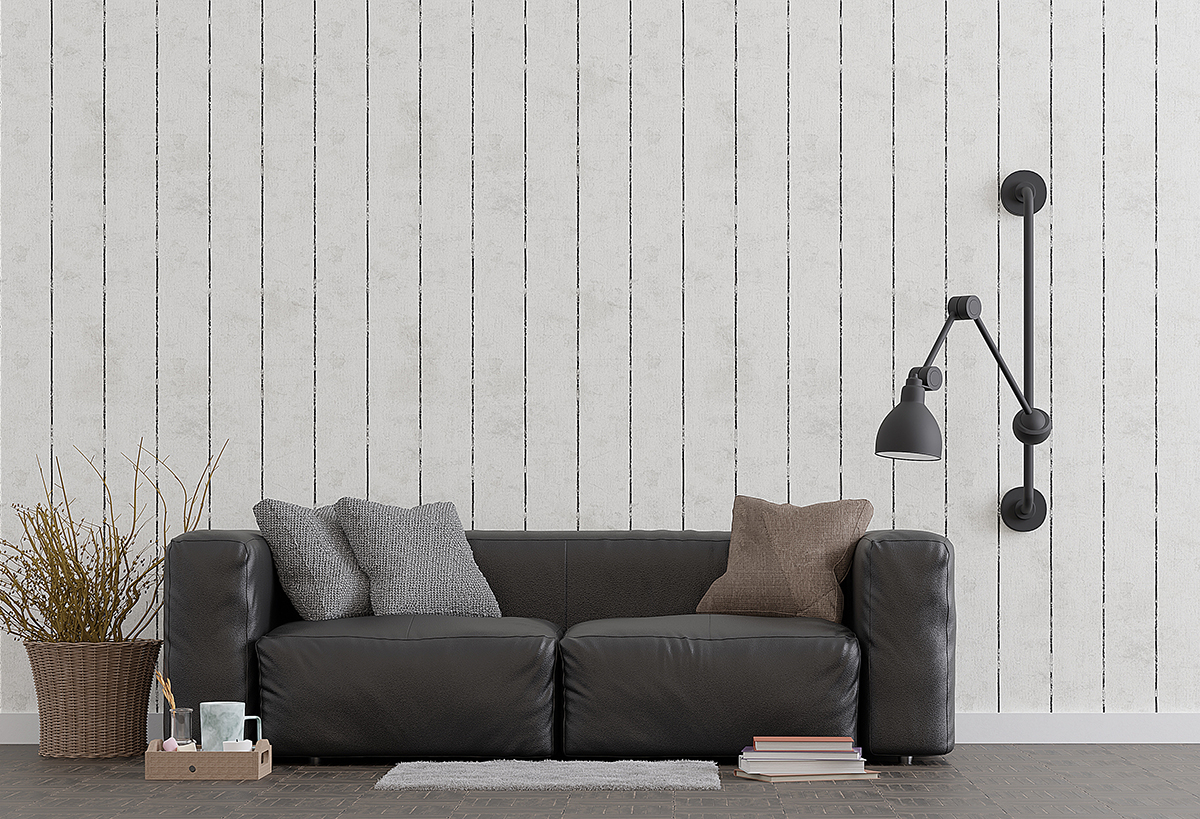
Fixture design
Localized lighting that is mounted midway to three fourths the height of a wall provides a considerably more effective and energy-efficient means of task illumination. It can deliver the right amount of illuminance and sufficient coverage of the task area without glare. Eye-level lighting also focuses attention on the visual task by delivering an amount of illuminance higher than elsewhere in a room and compensates for the shadows created by obstructions that block light from overhead lighting. Generally, wall mounted task lamps are arm-supported luminaires. They are available in fixed assemblies but most of these fixtures offer adjustability to direct light precisely where it’s needed. The adjustability is usually provided by a swing arm. A swing arm task lamp includes a hinged, extendable arm which gives users the capability of moving the lamp around. The arm can fold into the wall when the lamp not in use. This design ensures the wall light takes up little space. When a higher level of positioning flexibility is necessary, an articulated or gooseneck arm is used to provide an infinite number of positions.
LED technology drives new lighting concepts and applications
Wall mounted task lamps are downlight sconces that cast light downwards and are shaded to prevent direct viewing of light sources. The shade serves not only to eliminate high angle but also to set the aesthetic tone of the light fixture. As LED technology has established itself as a game changing standard for virtually all type of lighting applications, task lighting bade farewell to fluorescent and incandescent lighting. The complete technological switchover has been driven by the new technology’s compelling benefits and perks that are too generous to turn down. LEDs are way more efficient in energy conversion and last considerably longer than compact fluorescent lamps, not to mention incandescent and halogen lamps. These semiconductor emitters respond to control input instantaneously and allow for dimming from 100 percent down to 0 percent. These capabilities make it possible to create lighting systems that respond to the complex combinations of spaces, functions and user preferences. LEDs can be designed to emit almost any spectrum of visible light, which enables optimization of the distribution of the amount of energy at various wavelengths for high color rendering lighting at a desired color temperature. The small footprint of LEDs enables flexibility in styling and facilitates optical control.

Lamp-based fixtures
Wall mounted LED task lamps, in a broad sense, include bulb-based fixtures which use LED retrofit lamps to produce light. These fixtures have been created to utilize legacy technologies but get rebirth thanks to the availability of LED retrofit lamps. An LED retrofit lamp is an integrated LED system that are very close in shape, size, beam pattern and lumen output to its incandescent, halogen or fluorescent counterpart and can directly screw into the legacy lamp socket for plug-and-play operation. The use of LED lamps offers the fastest and least expensive way to upgrade bulb-based fixtures to LED lights, but it is far from the effective use of LED technology.
Physical and cost constraints to thermal management and drive current regulation lead to a lifespan much shorter than what is expected from LED technology. An accompanying concern is that the quality of light emitted by LED retrofit lamps is likely to be compromised due to the use of low cost LEDs and bare bones driver circuits. LEDs are complex electroluminescent devices whose operation is interdependent upon the thermal management and electrical systems applied. Designing a high-capacity thermal path and operating the LEDs with a high performance LED driver are as much important as the LEDs. Aside from that, LED technology provides the opportunity to explore new form factors and advanced lighting concepts. Therefore, a holistic approach to system integration is required to address the operational challenges and achieve value-added features.

Integrated LED systems
An LED task lamp developed from the ground up integrates all components at the luminaire-level to deliver the intended value. The light emitting elements take the form of LED packages which can be integrated LED arrays or discrete SMD LEDs. Integrated LED arrays or COB LEDs are designed to be directly attached to the heat sink. Discrete SMD LEDs must be populated onto a metal core printed circuit board (MCPCB) to form an LED module which provides the LEDs with thermal, mechanical and electrical interfaces. LED modules can be flexibly designed to accommodate the light distribution requirement. Assemblies of discrete SMD LEDs can even be used to create edge-lit systems that produce soft, very uniform light from a light panel. Most LED task lamps are backlit systems that provide direct lighting and are equipped with diffusers to reduce luminance and improve the uniformity of light distribution.
In integrated LED luminaires, shades are still important optical elements that are used to shape the beam spread and provide glare control. Shades are also the primary design element of an LED task lamps and may sometimes participate in thermal management. Direct integration of the LEDs allows to build an adequately dimensioned thermal path. A larger heat sink with more surface area for thermal conduction and convection can be used to facilitate sufficient heat exchange to the surrounding environment. Integrated design is conducive to thermal management and optical design, yet it also allows form and function to follow each other. LED task lamps are typically characterized by a sleek, modern look that easily complements and accentuates the surrounding décor.
Light quality
When it comes to task lighting, quantity without quality is self-defeating. For LED systems, proper optical design to provide uniform light distribution while removing both disability and discomfort glare is always a priority. However, this is just one aspect of lighting. Effective, comfortable visibility depends on the control of other factors as well. The light source’s spectral power distribution (SPD) determines the color characteristics of light. In order for the LEDs to reproduce the colors of various objects faithfully for enhanced visibility and color perception, the light spectrum must distribute balanced amounts of radiant power. The SPD also controls the color of light, which can affect the look and feel of the visual environment, task performance and diverse physiological functions. In general, LEDs with a minimum color rendering index (CRI) and a correlated color temperature (CCT) around 3500K are prescribed for task lighting in residences and hospitality spaces.
The quality of light also factors into flicker control. LEDs are current dependent devices whose output is proportional to the forward current. Flicker occurs when the current waveform of the power delivered to the LED is imbalanced. The LED driver should effectively remove large ripples that are generated due to the sinusoidal waveform of the alternating mains voltage. It’s usually the presence of these large ripples that cause the LEDs to flicker. Dimming control is often an essential feature which give uses control of the intensity. Special consideration should be given to the compatibility between the driver’s dimming circuits and the wall-mounted phase-cut dimmers which are designed to control voltage-regulated incandescent and fluorescent lamps. Connecting the LED light to an incompatible dimmer is very likely to produce offensive flicker.

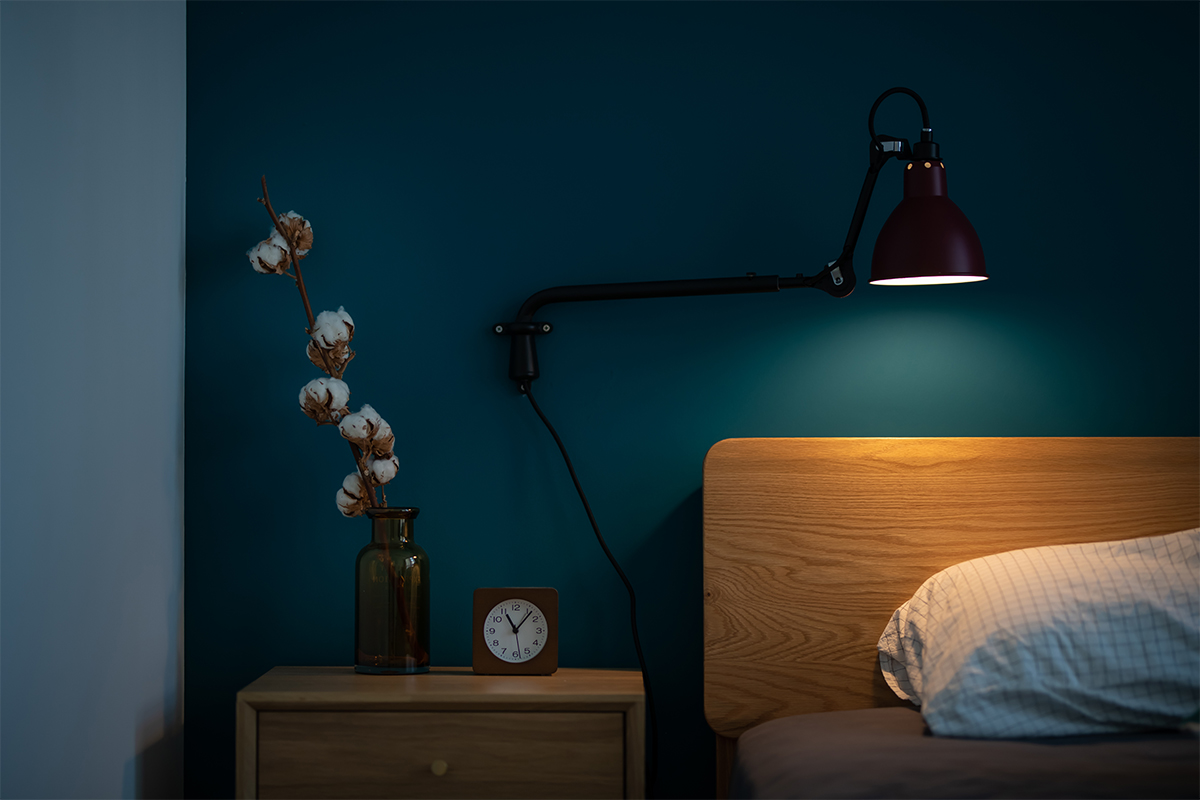
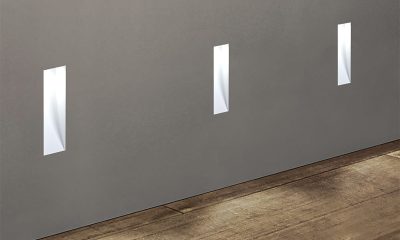
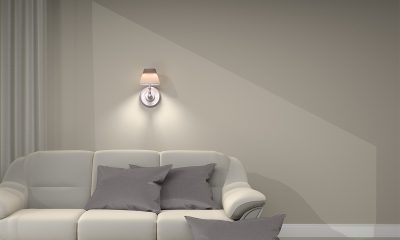
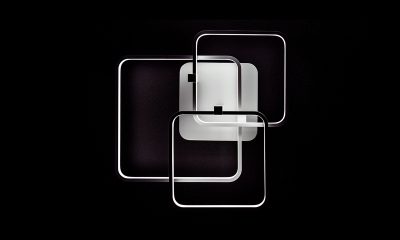
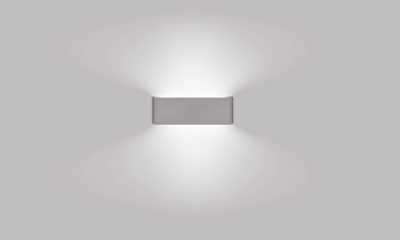
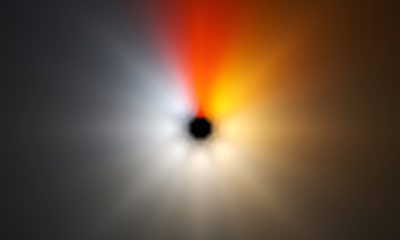
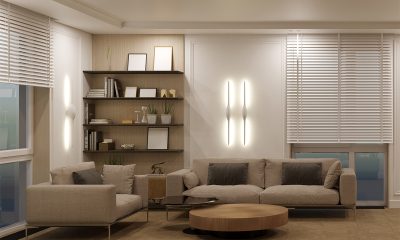

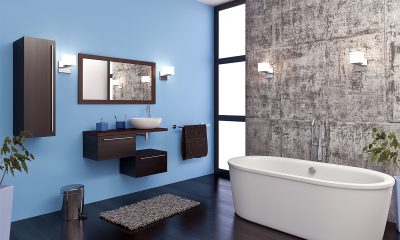

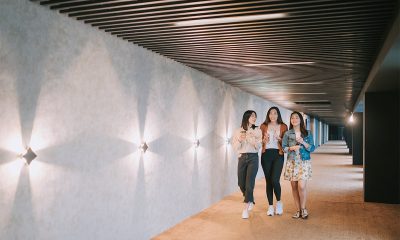

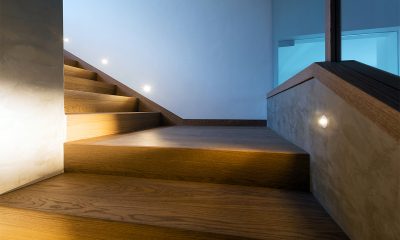





Loading...